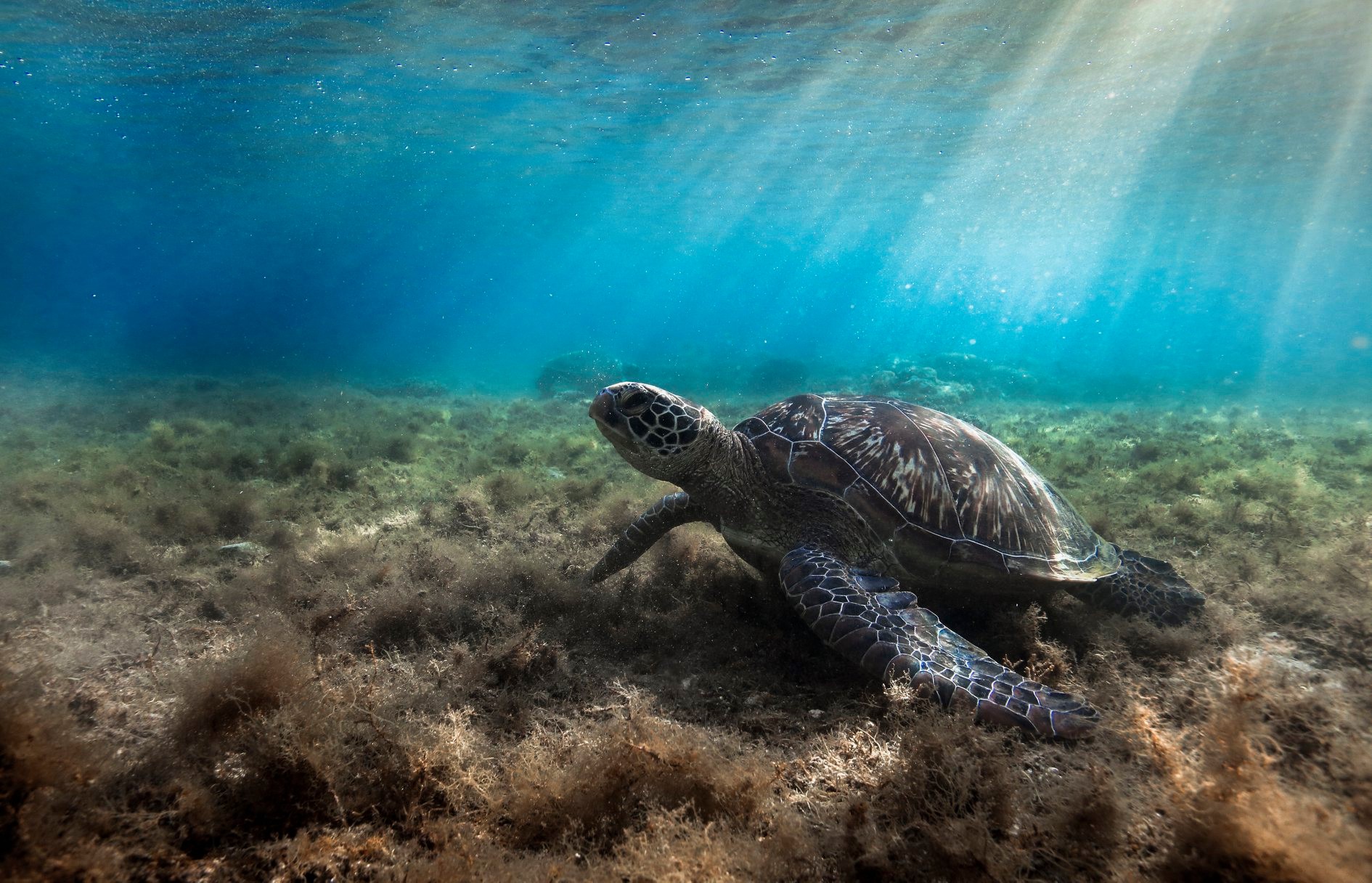Bountifully blessed by nature, Apo Reef is the largest coral reef in the Philippines. It is also the world’s second-largest adjoining coral reef system (after the Great Barrier Reef in Australia). Stretching over a range of 34 square kilometers (13 square miles), Apo Reef has two atolls that are detached by a 30-meter deep channel. Its steep vertical walls can go as deep as 80 meters. The reef and the surrounding waters are part of the Apo Reef Natural Park (ARNP), also called the Grand Apo Reef.
Apo Reef is comprised of three islands namely Apo Island, Cayos de Bajo (Spanish for “keys of the bank”) (a.k.a. Timangkapan), and Apo Menor (Spanish for “lesser Apo”) (a.k.a. Binangaan).
Marine conservation in Apo Reef
In the past, overfishing, dynamite deca durabolin injection fishing, coral mining, and chemical pollution destroyed many reefs in the Apo Reef toll formation. In 1980, President Ferdinand Marcos declared Apo Reef as a “marine park” to formally protect the remaining reefs. Three years later, the local government of Sablayan categorized Apo Reef as a special “Tourism Zone and Marine Reserve”. In 1996, President Fidel Ramos declared it as a “protected national park”.
In 2006, the Philippine Department of the Environment and Natural Resources (DENR) listed the reef for the consideration of UNESCO World Heritage deca durabolin injection Sites. The following year, the Philippine government banned destructive activities and all fishing in the Apo Reef area following a survey by the World Wide Fund for Nature (WWFN).
Visitors are charged an entrance fee to the Multiple-use Zone or recreational area of the national park to help generate funds to support people who used to depend on fishing as their main livelihood. The funds are used to sustain efforts in protecting and maintaining the ARNP.
Diverse marine life at Apo Reef
Apo Reef, one of the best diving spots in the Philippines is brimming with marine life that astounds snorkelers and divers alike. Apo Reef is home to more than 400 varieties of hard and soft corals. These rich waters are also a haven for 385 species of fish. With this kind of biodiversity, you’re bound to see a myriad of fish in different shapes, colors, and sizes.
Fish species

Damselfish, also called demoiselle are common sightings in the area. There are many species of damselfish but the blue-and-yellow damselfish are more common in these waters. These lively and quick swimmers often do not go beyond a length of 15 cm.
You can also spot angelfish, butterflyfish, and parrotfish. The angelfish come in many color combinations including shades of blue, green, yellow, orange, purple, pink, gray, white, and black. For markings, some species exhibit stripes, spots, or thick bars.
Another fish known for its bright colors and striking markings is the butterflyfish. The average butterflyfish grows to around 4 or 5 inches in length while some species are known to grow to 8 inches. These diurnal fish are often seen feeding during the day and resting in the corals during the night.
The parrotfish never ceases to awe underwater explorers with their effortless beauty. A common male parrotfish is green and orange or red while the female is blue and yellow. Every parrotfish is a protogynous hermaphrodite which gives it the ability to function as a female during its earlier stage in life. It later transforms itself into a male. Incredible, isn’t it?
You might also come across gobbies, surgeonfish, blennies, cardinalfish, triggerfish, fusiliers, jacks, barracuda, trevallies, tuna, and groupers. These are just a few of the possible types of fish that you can encounter in Apo Reef Natural Park. If you want to learn to identify fishes and their characteristics, a Fish Identification Specialty Course will come in handy.
Turtles

The Apo Reef National Park is home to endangered Green Turtles and Hawksbill Turtles. This is why turtle sightings are always a welcome treat for snorkelers and divers. Did you know that loud noises can scare a turtle away? It is recommended to be quiet when swimming up to a turtle for a successful turtle encounter. It’s best to approach it from the side and keep its path open in case it wants to swim away. If a curious turtle decides to go near you, try to keep still and refrain from making sudden movements. You can enjoy observing the turtle but resist the urge to touch, feed, or chase it. When you see a resting turtle, do not disturb it because it can cause severe stress on the animal.
Manta Rays

You may also come across gliding manta rays. It’s fascinating to watch these graceful creatures and swimming with them can be an incredible experience. It’s recommended to approach a manta ray from its side in order to give it a clear path ahead. Do not to go closer than 3 meters (10 feet).
Reef sharks
Reef sharks may be found in the channel like the while tip, blacktip, and gray sharks. Hammerhead sharks may be seen in the deeper waters. ARNP is also home to various dolphin species including the endangered Bottlenose Dolphins and Spinner Dolphins. The majestic whale sharks may be seen along the deep channel between Apo Island and Binangaan Island.
With so many possible marine creature encounters, you surely won’t have a dull moment exploring this underwater paradise.
Visiting Apo Reef
The best months to visit Apo Island Scuba Diving Philippines are March, April, and May. Don’t miss our Liveaboard diving trip to Apo Reef this year. Book now and secure your slot onboard.
